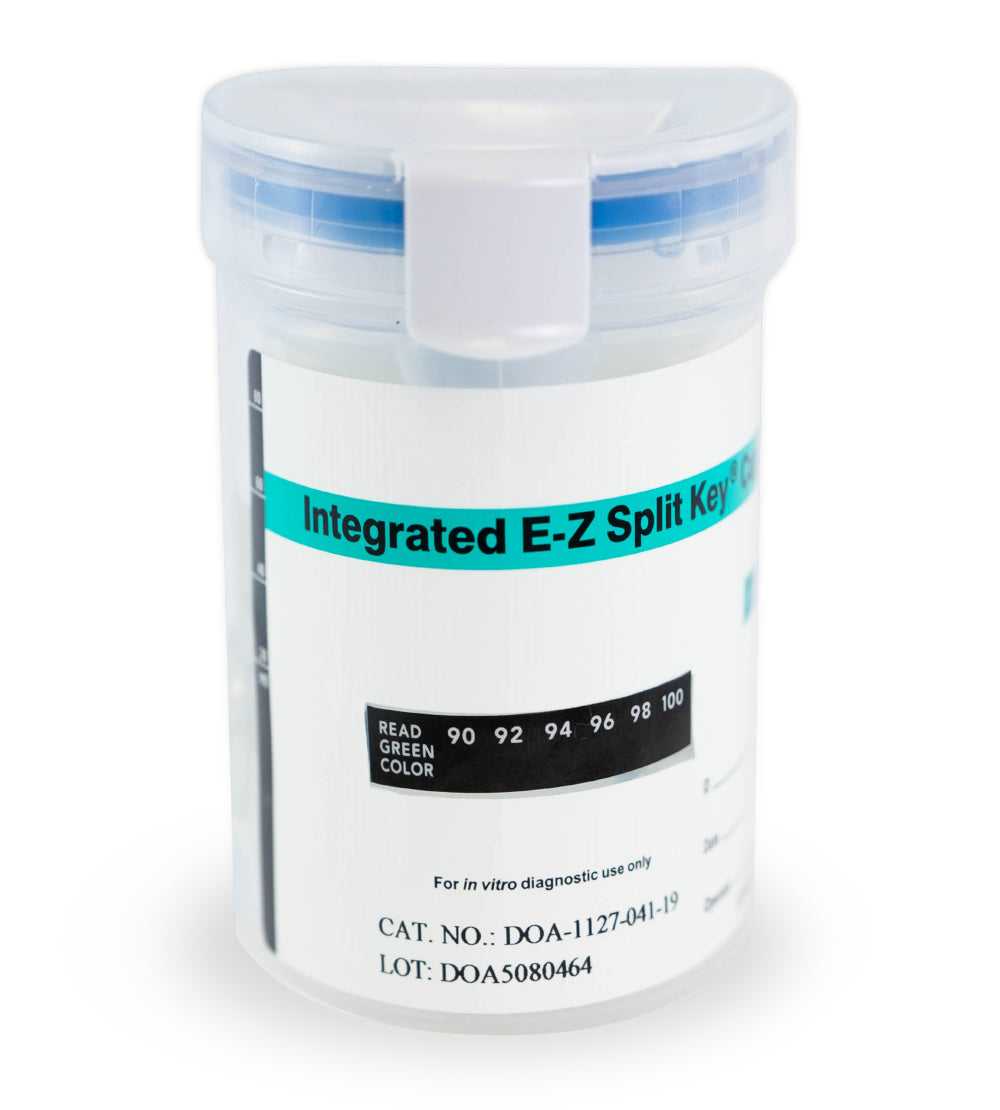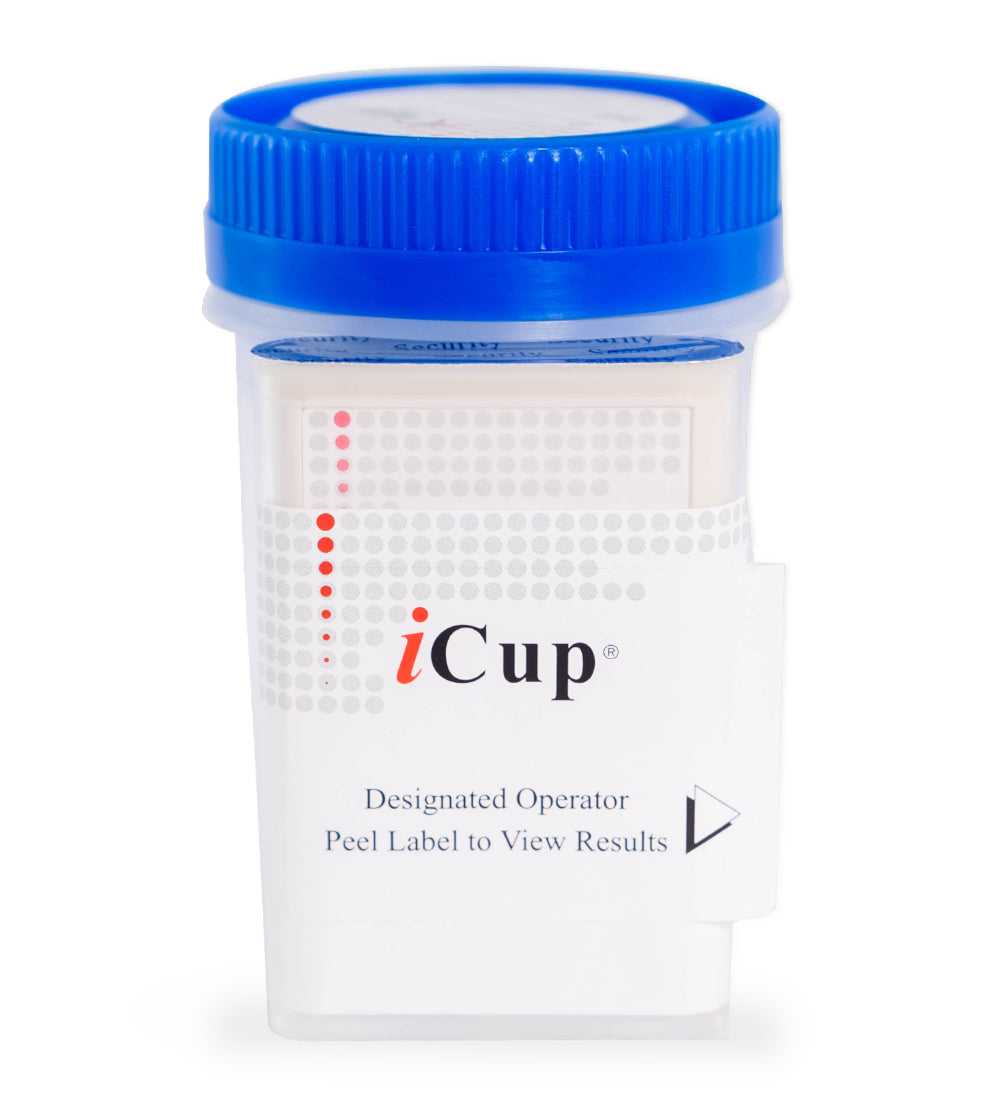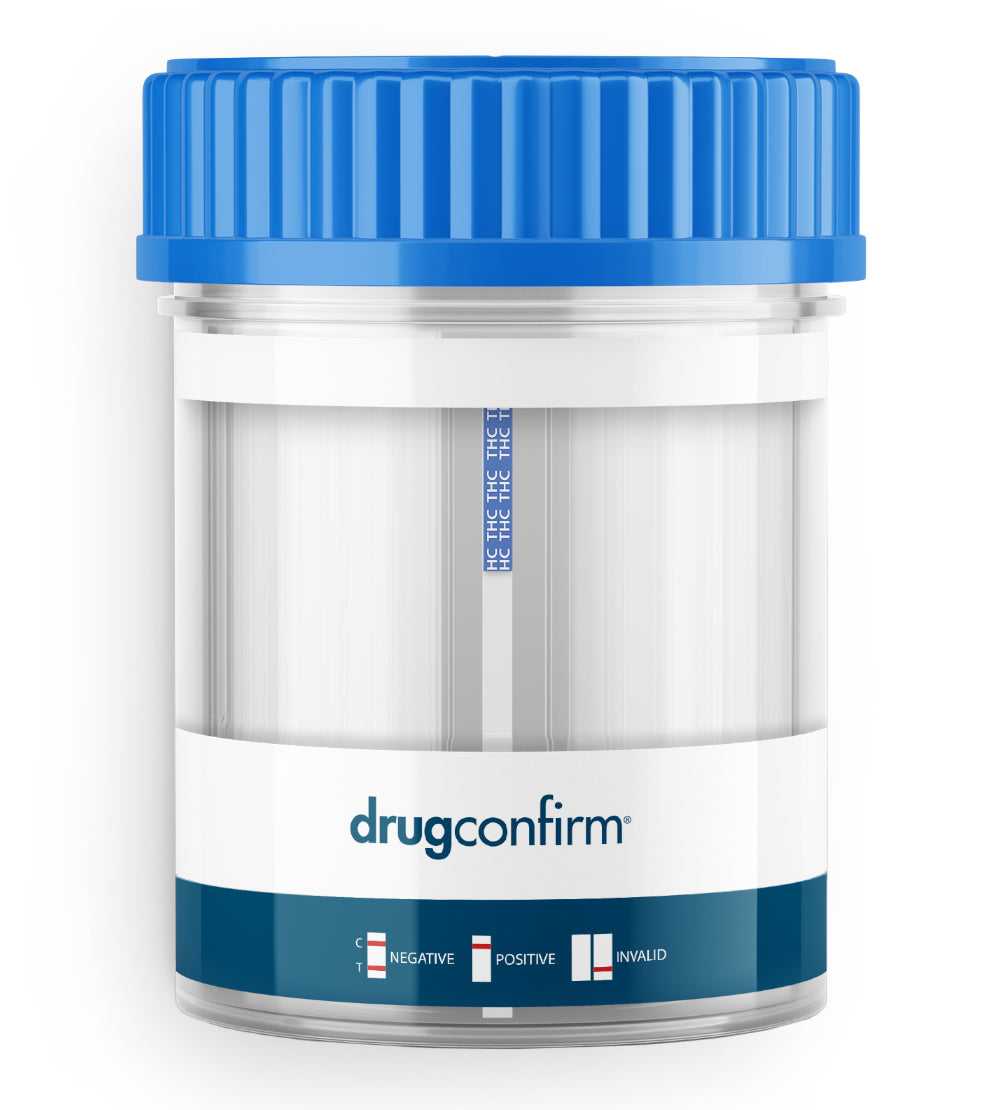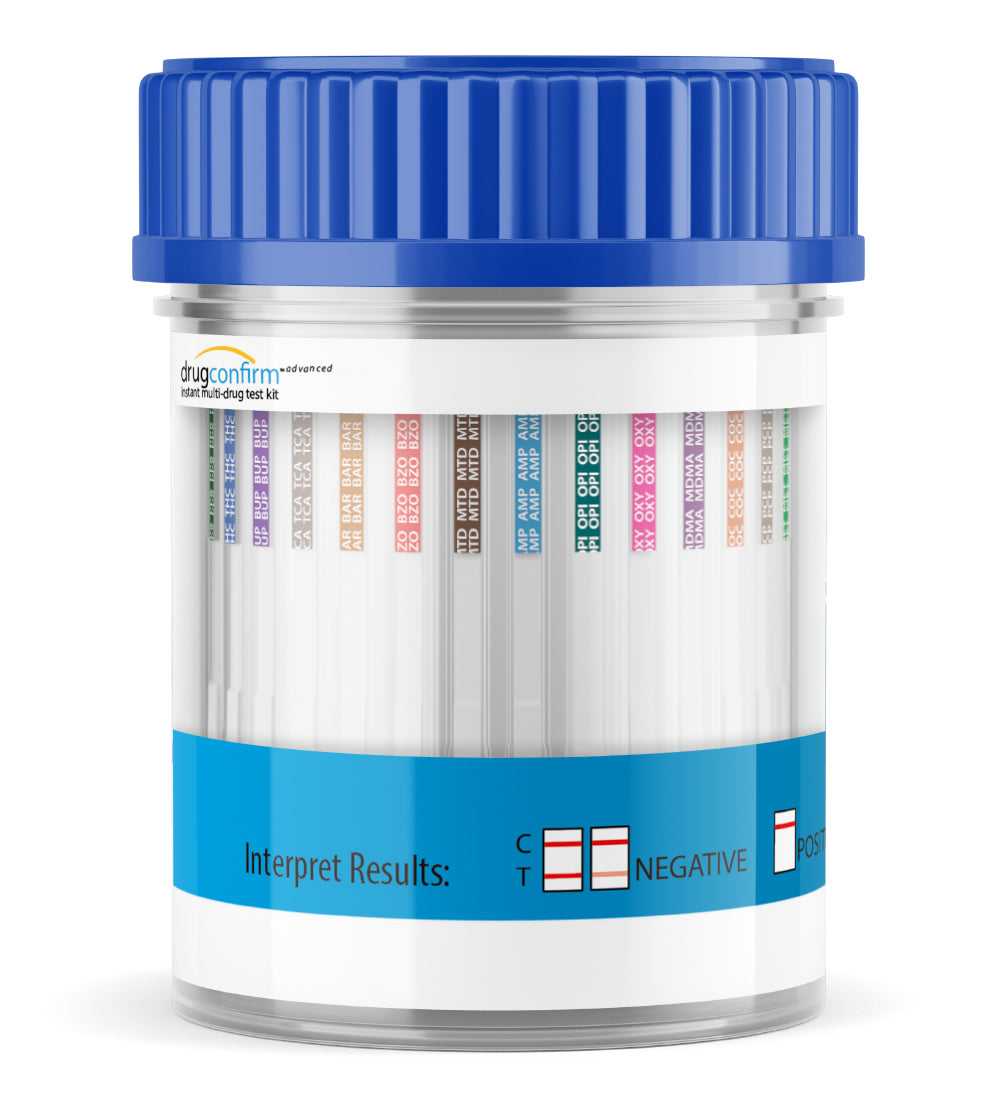Ketamine Addiction & Abuse

Ketamine (KET) is a powerful, fast-acting tranquilizing drug with anesthetic and hallucinogenic effects. It is considered more dangerous than other hallucinogenic drugs in its category. It is most often administered intravenously or intramuscularly. Chemically, ketamine is related to PCP (Angel Dust). It is more commonly used for animal surgery, but is occasionally administered to humans as well. Ketamine as a street drug in liquid form can almost always be traced to veterinarian clinics and medical suppliers from where they are diverted.
Generally, it takes from 1-5 minutes for injected ketamine to take effect. When snorted, the effect kicks in within 5-15 minutes. Orally administered ketamine takes the longest, between 5-30 minutes and this depends on how much food was recently eaten. The primary effects of this drug normally last for 30-45 minutes if injected, 45-60 minutes when snorted and 1-2 hours if taken orally. According to the DEA, the overall effects of ketamine can still affect the body for up to 24 hours.
Standard drug test panels test for cannabinoids, cocaine, amphetamines, opiates and PCP (SAMHSA 5). Cost is a primary reason why ketamine is not included in a standard drug test. However, it can be detected in a blood test when specifically requested by an employer especially if there is reasonable suspicion that an employee may be using the drug. With a blood test, ketamine has a detection window of 7-14 days or longer for long-time users. A more economical ketamine drug test is a urine drug test, but with a shorter window of detection of up to 4 days only. Another expensive test but with the added advantage of establishing long-term ketamine use is the hair follicle drug test, which can give a 90-day drug use profile from a 1.5-inch hair sample.
Screening Cut-off and Detection Time
In drug screening, the cut-off level is the minimum amount of drug residue that must be found in the sample in order for the test to be positive. It is important to remember that a negative sample does not necessarily mean that it is drug-free, only that it contains a drug at a concentration that is below the established cut-off.

DEA Drug Class
Ketamine is classified under Schedule III of the Controlled Substances Act which lists drugs, substances or chemicals that:
- have a potential for abuse less than drugs in Schedules I and II;
- have currently accepted medical/therapeutic use in the U.S.;
- the abuse of which may lead to moderate to low physical or psychological dependence.
Other examples of drugs that fall under Schedule III include:
- anabolic steroids
- Benzphetamine (Didrex)
- Buprenorphine (Suboxone)
- phendimetrazine
- Testosterone
- Tylenol with codeine or any drug containing
- Vicodin or drugs containing
Ketamine Drug Type
Ketamine is a dissociative anesthetic that has the combined properties of an analgesic, stimulant, depressant and hallucinogen - in short the whole nine yards. A dissociative anesthetic distorts a person’s perception of sight and sound, creating illusions of detachment from oneself and the environment.
Forms and Routes of Administration

Ketamine is most often available as a white powder or as colorless, odorless liquid. It is also available in capsule, tablet or crystal form. As with other drugs, the route of administration depends on what form of the drug is being used, and even then, illicit drug users find creative ways to take it other than the usual.
- Snorting (“taking bumps”) – the powder form is usually snorted and the “high” will normally be felt within 5-15 minutes. This method uses less of the drug compared to oral ingestion.
- Oral – the capsule, tablet, crystal and powder form may be ingested orally, the powder by mixing with a drink or rubbing on the gums and the rest by swallowing. The “high” from this method can take much longer to kick in but it also lasts longer. This method uses more of the drug than when snorting. The numbing, sedating and paralyzing effects are stronger with this method, making it harder to walk or even move. Users also report less “out-of-body” sensations compared to snorting.
- Smoking – the powder and crystal forms may be smoked, but it is not a favored method among recreational users, even if the “high” is almost instantaneous. It gives off a strong chemical or artificial taste like industrial solvent. It makes the mouth numb and the throat burn. The effect wears off after about 10 minutes. This method uses just a small amount of the drug.
- Injection – This method is for the liquid form and is done either intramuscularly or intravenously (more dangerous). The effects from this method are more powerful as 100% of the dose ends up in the blood stream, unlike when swallowing where a portion of the drug is lost in the metabolism process. With intramuscular injection, the effects kick-in within 2-4 minutes and are more powerful than when swallowed or snorted. With intravenous injection, ketamine only takes from 10-15 seconds to take effect and because it is so sudden, respiratory depression is the biggest risk.
Ketamine Brand Names
- Calypsol (Many countries)
- Ketaject
- Ketalar
- Ketalin (Mexico)
- Ketanest
- Ketanest S
- Ketaset
- Ketmin (India)
- Narkamon
- Soon-Soon (Taiwan)
- Vetalar
Medical Uses of Ketamine
Ketamine is sometimes called the miracle drug, considering its many applications in the medical field, including:
- IV induction agent in hypotensive patients, patients in shock and patients with active bronchospasm
- Free radical scavenger
- Neuroprotector against cerebral ischemia
- As analgesic for burn wounds during dressing
- Pre-hospital and battlefield medicine
- Prevention of post-anesthesia shivering
- Non-cancer chronic pain management
- Co-analgesic with opioids for cancer pain management in palliative care
- Gargle to reduce post-operative sore throat
Recreational/Non-Medical Uses of Ketamine
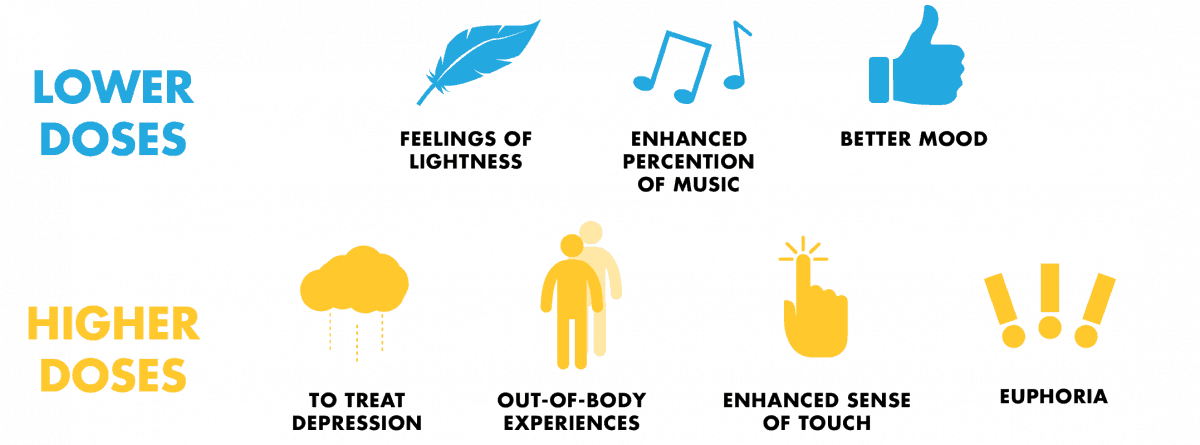
Ketamine is known as a party drug and sometimes a date rape drug. The ketamine “highs” that recreational users seek are dose-dependent, with low doses causing:
- Feelings of lightness, like walking on air
- Enhanced perception of music
- Better moods
Medium to higher doses cause more intense “highs” and recreational users seek the following effects:
- To treat depression (medically unsupervised)
- Euphoria
- Out-of-body experience
- Enhanced sense of touch
Street Names for Ketamine
- Cat Tranquilizer
- Cat Valium
- Green K
- Honey oil
- Jet
- K
- KET
- Kit Kat
- Purple
- Special K
- Special la coke
- Super acid
- Super C
- Super K
- Vitamin K
Other street names for ketamine actually refer to the “high” that people get from using it:
- Baby Food
- God
- K-hole
- K-land
Ketamine Side Effects

Ketamine blocks chemical messengers in the brain responsible for carrying sensory inputs, causing voids. The brain responds by filling the voids with dreams, visions and memories. Visual distortions often result and the user loses his/her sense of time and identity; they also suffer from dulled sense of taste and smell, while the sense of sight and touch which becomes heightened. Its euphoric effects have been likened to a near death experience - an out-of-body experience enveloped in radiant light and inner peace.
Short-Term Ketamine Side Effects
- Altered body image
- Anxiety
- Blunted affect
- Blurred or double vision
- Clumsiness or unsteady movements
- Confusion
- Delirium
- Dizziness
- Drowsiness
- Dulled hearing
- Dysphasia
- Elevated blood pressure
- Euphoria
- Excessive salivation
- Feelings of detachment from body
- Feelings of happiness
- Feelings of violence
- Hallucinations
- Impaired attention
- Impaired judgment
- Impaired memory
- Increased heart rate
- Involuntary eye movement
- Lowered sensitivity to pain
- Nausea and vomiting
- Nightmares
- Panic
- Psychomotor retardation
- Psychotomimetic phenomenon
- Redness of the skin (erythema)
- Relaxation
- Slurred speech
- Vivid dreams
Long-Term Ketamine Side Effects
- Tolerance
- Addiction
- Cognitive deficits
- Permanent damage to internal organs
- Irritative urinary tract symptoms
- Incontinence
- Decreased bladder volume
- Blood in the urine
- Decreased bladder compliance
- Over activity in the muscle that controls bladder movement
Ketamine Addiction
Ketamine addiction is not well understood, but just like addiction to other drugs, there will be cravings for the drug when it is not in the system. Many people who are long-term users often take larger and larger doses to achieve the desired high. Physical addiction to the drug is still being studied but psychological addiction is almost a certainty. When a user begins to associate ketamine use with certain situations and makes it a habit to use the drug whenever he/she finds him/herself in a similar situation, then it can be said that that person is psychologically addicted to the drug. Ketamine is a party drug or a club drug, and if users do not remove themselves from the lifestyle, they will find it hard to stop using it.
Quitting ketamine is best done “cold turkey” but because it has altered the opioid receptors in the brain, withdrawal symptoms are inevitable, which are mostly psychological in nature:
- Agitation
- Cognitive impairment
- Confusion
- Fatigue
- Hearing loss
- Impaired cardiac functions
- Impaired respiratory functions
- Insomnia
- Loss of motor skills
- Nausea
- Psychosis (delusions/hallucinations)
- Rage
- Shakes
Withdrawal can set in as fast as 24 hours after the last dose of ketamine or up to 72 hours and can last for several weeks. It is uncomfortable but not life-threatening. The person’s tolerance level, the amount of ketamine in the system and the presence of other drugs will determine how long the withdrawal process will take. Long-time users have reported some physical withdrawal but there are no scientific studies to back this accounts.
History of Ketamine
Ketamine was first synthesized in 1962 by Calvin Stevens, an American scientist at Parke Davis Laboratories. It was developed as a PCP derivative and initially named Cl-581. PCP was first synthesized in 1926 primarily as an anesthetic that acts as an antagonist or inhibitor for the N-methyl-D-aspartate (NMDA) receptor.
Ketamine started as a veterinary anesthetic when it was first patented as such in 1963 in Belgium. By 1964, testing on humans began where they found that compared to PCP,
its hallucinogenic properties were minor and of a shorter duration with less psychotomimetic effects. PCP caused severe and long-lasting hallucinogenic effects upon waking up from unconsciousness, it was deemed not suitable for humans. It also caused deliriums, delusions and psychosis. It was for these reasons that in 1965, Ketamine was declared safe to use as an anesthetic for humans and subsequently became a replacement anesthetic for PCP. There has since been found many other valuable applications for it in the field of medicine. Today, while ketamine is still mainly used for veterinary applications, it is also used as an anesthetic for children and minor surgeries.
It was also in 1965 when Professor Edward Domino noted the first known account of ketamine as a recreational drug. Used improperly, Professor Domino called ketamine a “dissociative anesthetic” and described it as a potent psychedelic drug. The symptoms can also be prolonged and result to psychosis associated with schizophrenia and other psychotic disorders.
Parke Davis laboratories patented ketamine for use on both humans and animals in 1966. It became available by prescription by 1969, taking the form of Ketamine Hydrochloride sold under the name Ketalar. The FDA approved it for human use in 1970 and was administered to soldiers as field anesthetic during the Vietnam War.
As ketamine’s therapeutic use grew in popularity through the mid-1970s, so did its use as a recreational drug. In Argentina, both legally and illegally, they began using it in regression therapy, New Age spiritualism and mind exploration. More experimental uses for ketamine surfaced and expanded all throughout the 1970s and the 1980s. It became available in capsule form, powder, crystals, tablets, liquids and other solutions for injection in the streets. Soon, other ingredients were added to the drug, resulting to unpredictable effects. A perfect example is MDMA (ecstasy), a popular club drug that started coming out in the mid-1980s. Ketamine is also often passed-off as ecstasy even though the effects are not the same. Ketamine’s anesthetic properties caused slurred speech and paralysis-like effects making it nearly impossible to move, which is why ketamine is also known as a date-rape drug.
In 1981, the DEA filed for ketamine to be put under Schedule III of the Controlled Substances Act but it was found that the history of abuse was at the time insufficient. It was first put down under the DEA’s emerging drug list in 1995, and finally in 1999 it was entered under Schedule III of the CSA.
Sources
- History of Ketamine
- Drug Scheduling
- Drug Classifications, Schedule I, II, III, IV, V
- Smokin' Kitty ketamine
- Ketamine: Current applications in anesthesia, pain, and critical care
- Ketamine Withdrawal and Detox
- Teen Drug Use Facts: Cocaine and Crack Statistics
- Date rape drug or ketamine — 10 facts you should know
